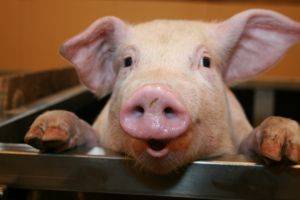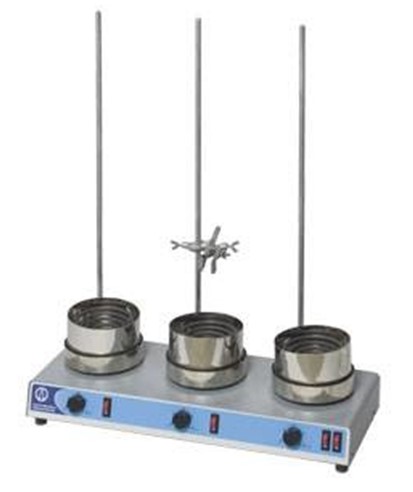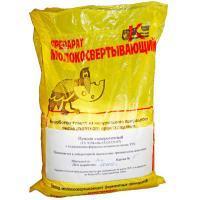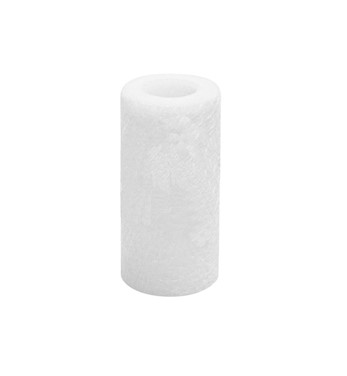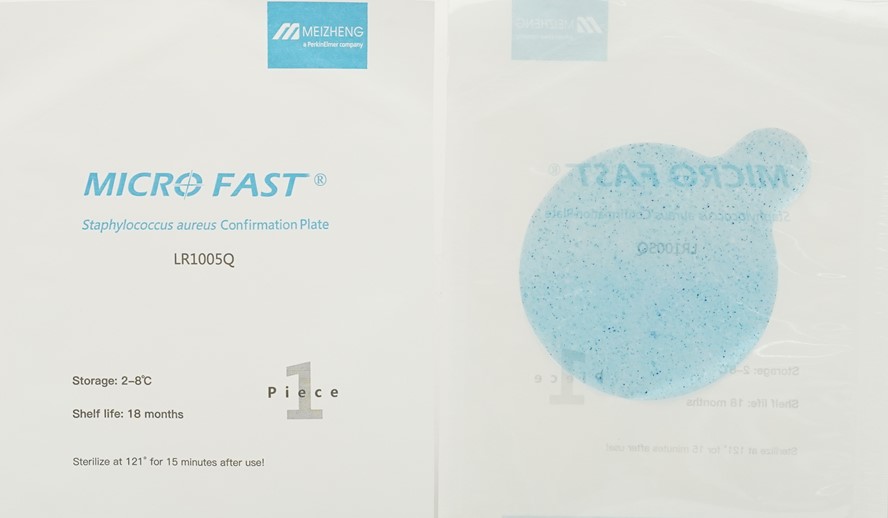In the breeding farms of the Leningrad Region, the most dairy representatives of cattle and many breeds of other animals are bred
A meeting with heads and specialists of livestock farms of the Leningrad Region on issues of breeding was held in the AIC Committee.
The meeting was attended by the heads of the enterprise and zootechnical services of livestock farms in the region. The meeting was held by the Deputy Chairman of the Committee - HEAD of the Department for the Development of Agricultural Sectors Andrey Reshetov.
The results of the work of breeding farms in the Leningrad Region for 2022 and plans for 2023 were presented by the head of the livestock development and breeding department of the agro-industrial complex committee Ekaterina Dubova.
The Leningrad region is the leader in breeding work in the Russian Federation and has a great breeding potential. Selection and breeding work is given special attention.
In the Leningrad region, the highest proportion of breeding stock among the subjects of the Russian Federation - 72% of the livestock - breeding, with an average for RUSSIA - 12.5%.
There are 70 breeding farms in the region:
60 breeding farms for dairy farming - 47 breeding plants and 13 breeding reproducers for breeding cattle of dairy breeds (Ayrshire and Holstein breeds);
1 beef cattle breeding plant (Aberdeen Angus);
3 breeding reproducers of the II order in poultry farming;
1 pedigree reproducer for breeding horses of purebred Arabian breed;
2 reproducers for breeding goats of the Saanen breed, 1 - the Nubian breed;
1 breeding reproducer for sheep breeding (Katum breed);
1 breeding reproducer for breeding fur-bearing animals (black sable);
1 breeding farm for aquaculture (trout).
Thanks to competent breeding work, agricultural enterprises of the region achieve significant indicators in animal husbandry.
At the end of 2022, an absolute record for the region's MILK productivity was reached - 9,532 kg per feed cow. The leaders in this indicator are:
- for the Holstein breed - ZAO PZ Rabititsy, in 2022, an average of 14381 kg was received from a cow (+ 203 kg compared to the level of the previous year), - for the Ayrshire breed - SPK Budogoshch - 9350 kg (+249) .
The number of cows in breeding plants at the end of the reporting year amounted to 49,306 heads (102% compared to the beginning of the current year), milk yield per feed cow - 9990 kg (+ 337.7 kg to the previous goal), calf yield - 84 heads per 100 cows.
5417 heads of dairy cattle, 123 heads of MEAT, 214 sheep, 325 goats were sold.
Among the main tasks for 2023, the continued provision of the industry with qualified personnel was noted; work on animal standardization in connection with the use of modern milking technologies; application of embryo transplantation technology; formation of its own breeding fund, distinguished by its quality of adaptability to regional climatic conditions, food supply, high productivity and productive longevity.
During the meeting on the consideration of the rules for keeping records and documentation in pedigree cattle breeding. New requirements for the alienation of breeding animals were told by the head of LLC "RC" Plinor "Pyotr Moskalenko.
Rector of the St. Petersburg State University of Veterinary Medicine Kirill Plemyashov made a presentation on the breeding value of dairy cattle as the basis for the profitability of dairy farming.
“Reproduction indicators as a criterion for the intensification of dairy cattle breeding in the Leningrad Region” is the topic of the report by Georgy Nikitin, Vice-Rector for Research at the St. Petersburg State University of Veterinary Medicine.
Viktoriya, Senior State Inspector of the Department of Internal Veterinary Supervision of the Interregional Department of the Federal Service for Veterinary and Phytosanitary Surveillance, spoke about the EXPORT of breeding cattle to the countries of the Eurasian Economic Union (EAEU), the requirements for supplier farms, and the procedure for their inclusion in the Register of Enterprises of the Customs Union Sobolev.
The meeting participants exchanged views on the development and state support of breeding in the region.

